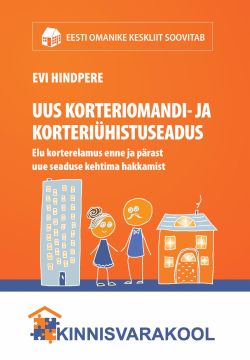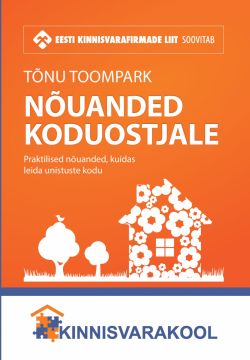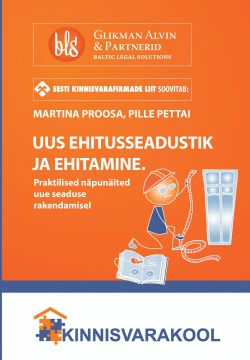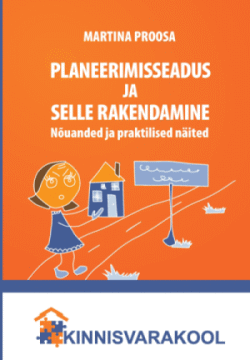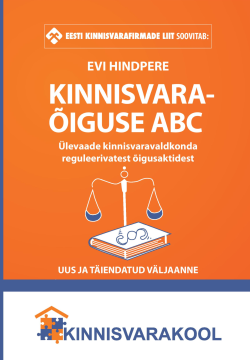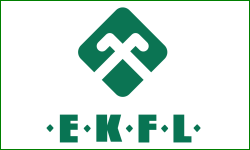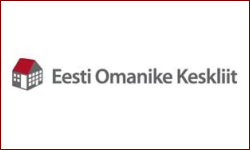 The housing affordability index (HAI) increased to 134.3 in Vilnius, 186.0 in Riga, and 154.3 in Tallinn.
The housing affordability index (HAI) increased to 134.3 in Vilnius, 186.0 in Riga, and 154.3 in Tallinn.
- In Tallinn, the HAI rose by 5.8 points in the third quarter of 2018, compared with the same period in 2017, as rapid wage growth outweighed growing apartment prices and interest rates.
- In Riga, the HAI improved by 8.7 points as wage growth surpassed apartment price growth.
- In Vilnius, the HAI increased by 9.5 points as strong wage growth and a decrease in apartment prices compensated for rising mortgage interest rates.
- The time needed to save for a down payment decreased by a month and a half in Tallinn, by a month in Riga, and by around four months in Vilnius, to 27.6, 22.9, and 33.3 months, respectively.
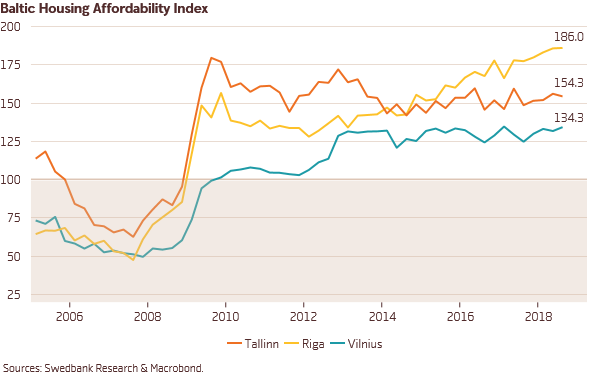 The housing affordability index (HAI) is calculated for a family whose income is equal to 1.5 of average net wages with an average-sized apartment of 55 square meters. The HAI is 100 when households use 30% of their net wages for mortgage costs. When the HAI is at least 100, households can afford their housing, according to the established norm. The higher the index, the greater the affordability.
The housing affordability index (HAI) is calculated for a family whose income is equal to 1.5 of average net wages with an average-sized apartment of 55 square meters. The HAI is 100 when households use 30% of their net wages for mortgage costs. When the HAI is at least 100, households can afford their housing, according to the established norm. The higher the index, the greater the affordability.




